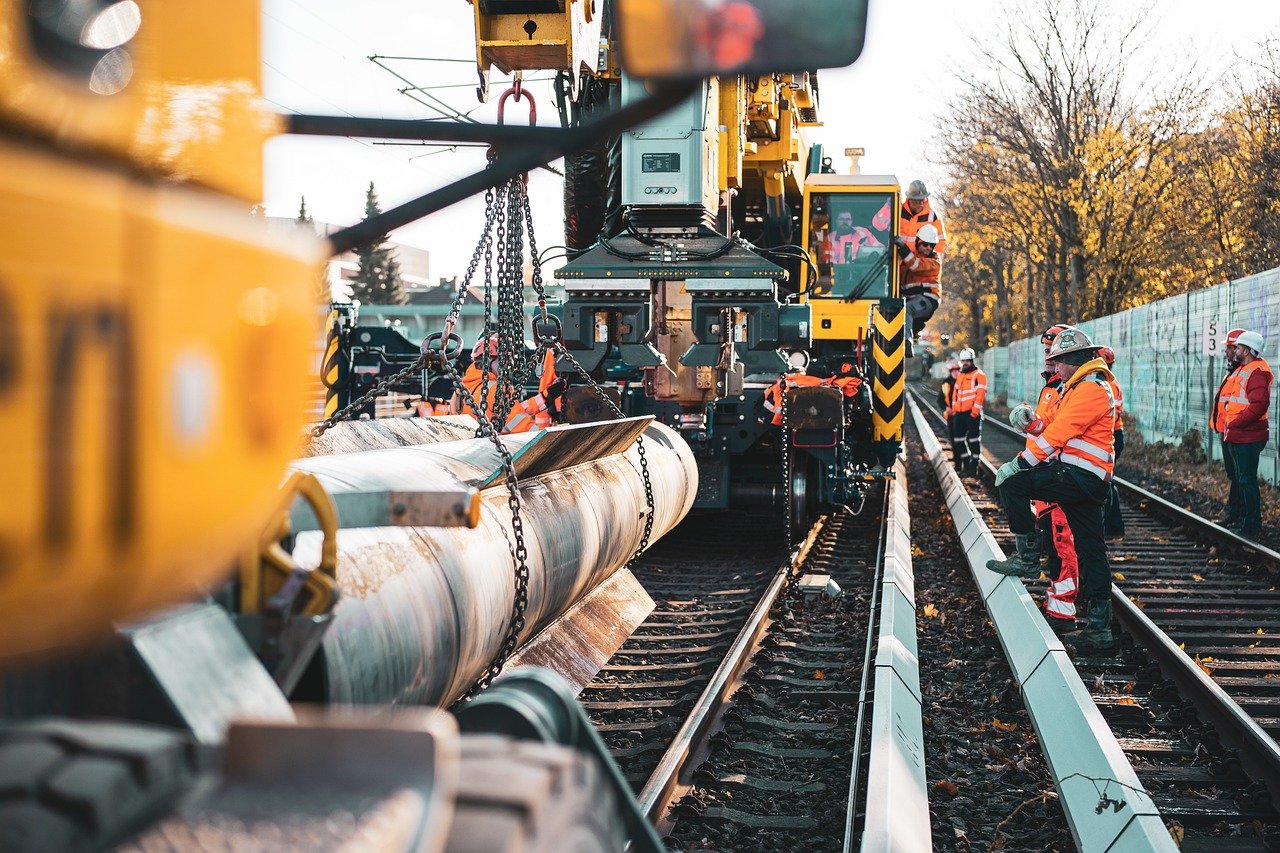“I’ve never seen a stroke on my construction project.” I disagree. A human stroke is analogous to a Project issue. Work with me. I’m sure you’re experiencing a Project stroke right now probably – whether you know it or not. Perhaps you’ve never seen a medical stroke on your site, but each time a change in the field occurs, the stopwatch starts. Depending on the response time, it can be anything from a micro-stroke to a major stroke. Each change in a project, regardless of who is responsible, affects the job. Each change in a project can impact the Contractor and Project in time and/or cost.
Who is the doctor responsible for mitigating the effects of a stroke? Dr. Engineer and Dr. CM are the medical residents. They’re the first on the scene and they can make most of the heavy decisions on diagnosis and treatment, but ultimately, it’s the Owner that makes the final call: do we pay the Contractor, do we give the Contractor more time, do we stop the job, do I direct my Engineer to go into redesign, et cetera. And the quicker that the medical team (Engineer, CM, and Owner) can make the call, the better the patient will do, probably nine times out of ten.

My story. My unresearched, professional estimate, is that it takes about the same, or more time, to plan and design a job as it does to build. So a $100 million job may take two and a half years to design, 3 months to bid, and 24 months to build. Something like that. My point is that the Engineer has had much more time to get things right by coordinating drawings, acquiring permits, researching equipment than a Contractor can do in three months of bidding or the hair-on-fire 24 months of construction time. Beyond the things just mentioned, a great way to ensure catastrophic impact on a project is to hinder nimbleness and a quick response. Having near-immediate access to the Engineer of Record and a Contracting Offer is a recipe for a great job (and healthy Project). It’s great that all the thought and analysis went into the design, but when it’s time to put 100 workers and 25 pieces of construction equipment in the field, this a major stroke in waiting.
If you stop, or extend I should say, this job for a day it’s $50,000 of cost incurred by the Contractor. That’s $105/minute or $6,300/hour of cost burning while RFIs are getting answered, cost proposals are getting reviewed, redesigns are being drawn, and submittal comments are being compiled. The bottom line here is that a Contractor can do his or her job and mitigate impact, but (s)he needs help from the Owner, Engineer, and Construction Manager. If an answer can come back quick, good or bad, this is a Project’s best chance of minimizing time and cost impact. If you don’t want the patient to have a full-on stroke, act quickly!
So, treat each issue as a stroke. The countdown to effective treatment in a stroke is an hour I hear on the radio. On critical job issues, I’d say the critical time period is between one and five working days from the ask by the Contractor to the solution by the Owner. If everything came back that quickly, there’d be no catastrophic job effects in time or cost impacts. Owners that want their Projects to be healthy must act FAST!
Work safe!






0 Comments